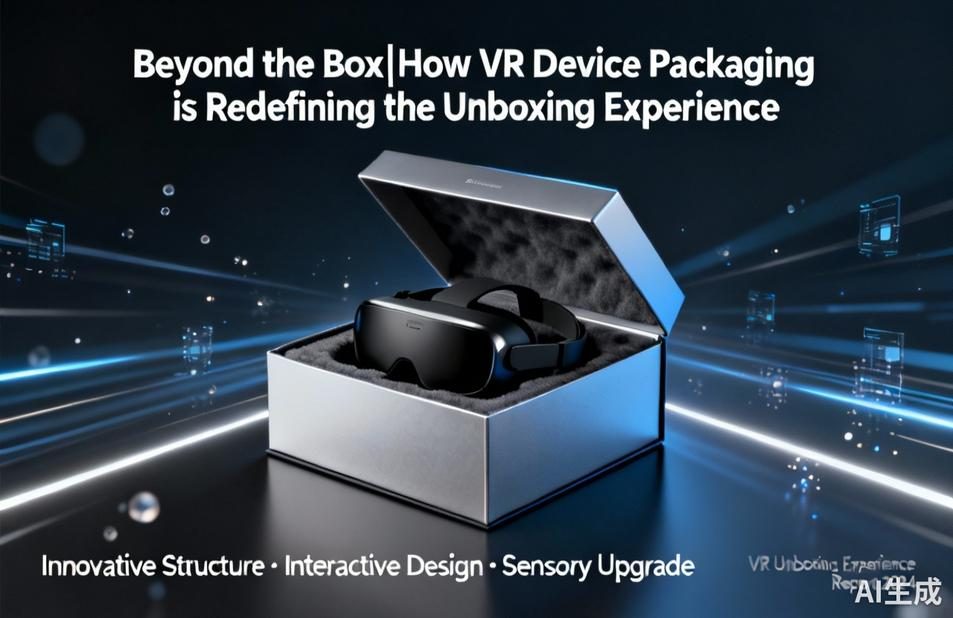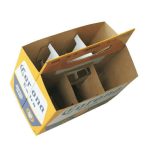
In the rapidly evolving world of virtual reality, first impressions matter more than ever. While much attention is given to the advanced technology inside VR headsets, the packaging that houses these revolutionary devices plays an equally crucial role in shaping user expectations and brand perception. VR device packaging boxes have transformed from mere protective containers into sophisticated brand ambassadors that bridge the physical and digital worlds.
The moment a customer receives their VR device, the packaging begins telling a story. Premium materials, innovative structural designs, and thoughtful organization create an emotional journey that starts even before the headset is powered on. High-density foam inserts cradle the delicate components with precision, while magnetic closures and layered compartments build anticipation with each reveal. This carefully choreographed unboxing experience isn’t just about protection—it’s about creating memorable moments that customers naturally want to share across social media platforms.
Modern VR packaging serves multiple functions beyond aesthetics. The boxes are engineered to withstand rigorous shipping conditions while maintaining a sleek, premium appearance. Many manufacturers now incorporate eco-friendly materials like recycled cardboard and biodegradable foam, addressing growing consumer concerns about sustainability. Smart packaging solutions even include QR codes that link directly to setup tutorials, warranty registration, and exclusive content—seamlessly connecting the physical product to digital resources.
Brand identity finds its strongest expression in VR device packaging. Color schemes, typography, and graphic elements work together to communicate the brand’s values and positioning. Luxury VR brands often opt for minimalist designs with embossed logos and premium finishes, while gaming-focused companies might embrace bold colors and dynamic graphics that hint at the immersive experiences awaiting inside. The packaging becomes a canvas that tells consumers what to expect from the product itself.
Functionality remains paramount in VR packaging design. compartments are strategically arranged to guide users through the setup process intuitively. Headsets, controllers, cables, and documentation each have their designated spaces, reducing the overwhelming feeling that often accompanies complex electronic devices. Some manufacturers have even incorporated built-in cable management systems and storage solutions within the packaging itself, transforming the box into a reusable accessory for the product.
The future of VR device packaging points toward even greater integration with the technology itself. Augmented reality features are beginning to appear, where pointing a smartphone at the packaging reveals interactive 3D models and demonstration videos. Some companies are experimenting with packaging that doubles as a simple VR viewer for smartphones, allowing customers to experience basic VR functionality before even opening the main product. These innovations blur the lines between packaging and product, creating cohesive brand experiences that begin the moment the box arrives.
As VR technology becomes more mainstream, packaging must appeal to both tech enthusiasts and general consumers. This requires balancing technical information with approachable design elements that demystify the technology. Clear illustrations, simple setup instructions, and accessible language help bridge the gap between early adopters and first-time VR users, making advanced technology feel welcoming and intuitive to all.
Ultimately, VR device packaging represents the critical intersection of protection, presentation, and user experience. It’s the first physical touchpoint between brand and consumer, setting the tone for the entire product relationship. In an industry defined by innovation and immersion, the humble packaging box has evolved into an essential component of the VR ecosystem—one that continues to push boundaries and elevate expectations with each new generation of devices.




Leave a Message